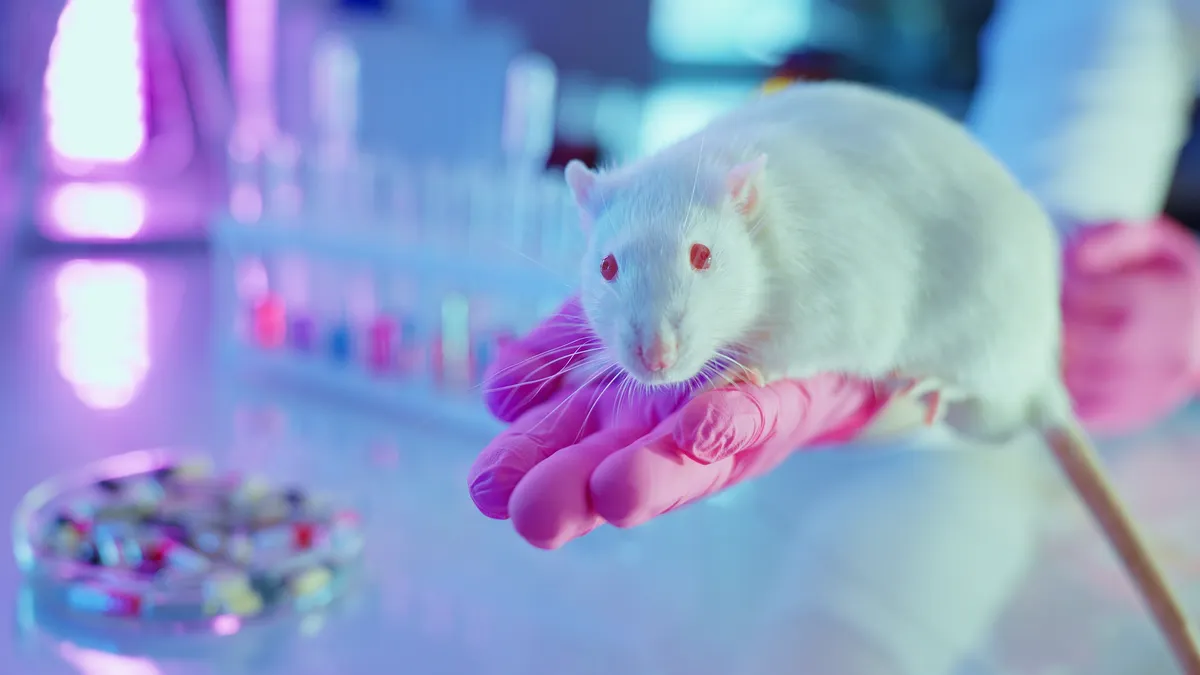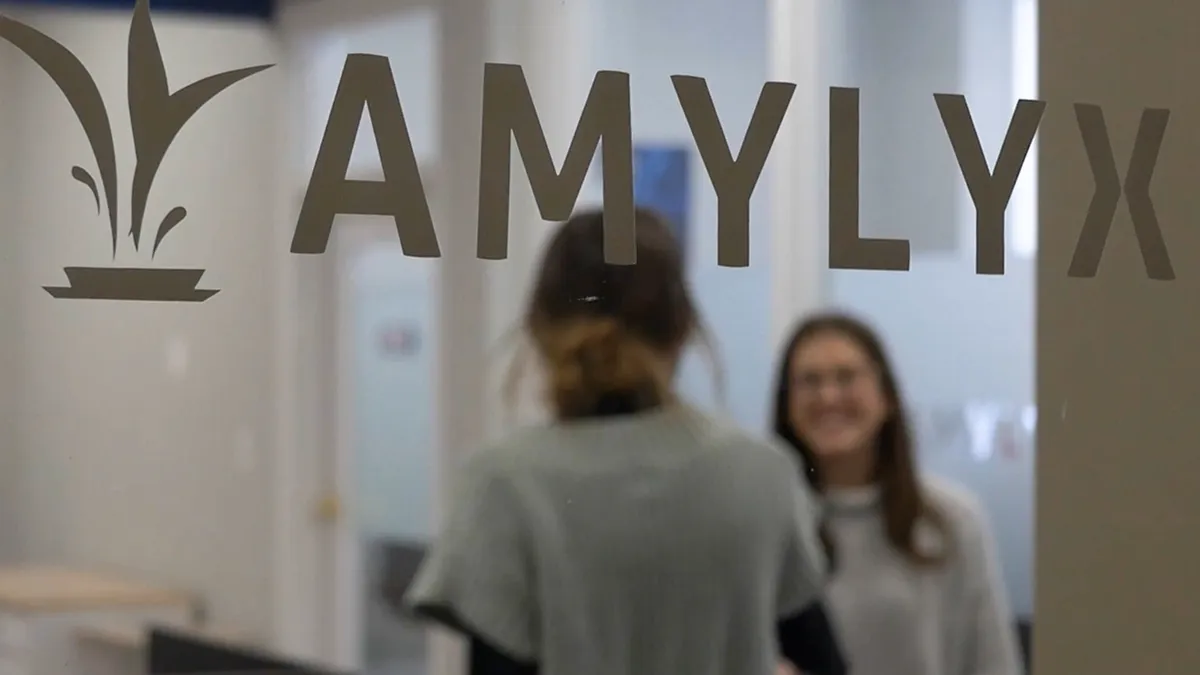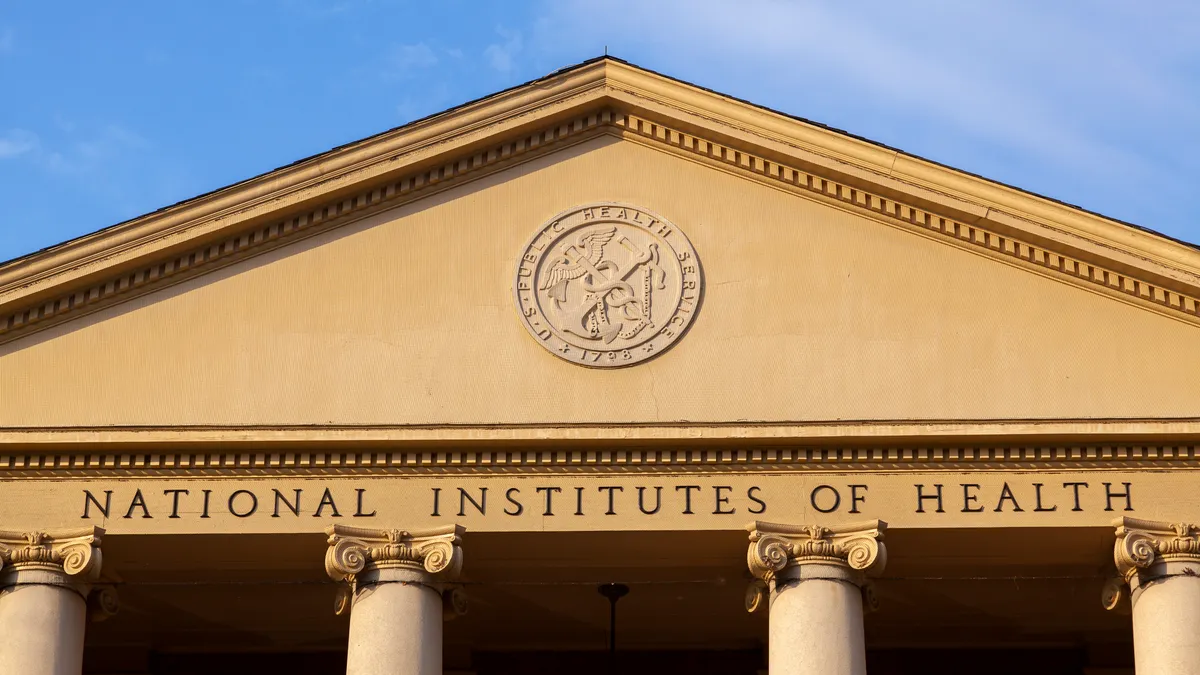The days of animal testing in pharma could be dwindling as regulators push toward alternative models. This week, the NIH announced an initiative to adopt “innovative, human-based science” to limit the use of animals.
“For decades, our biomedical research system has relied heavily on animal models. With this initiative, NIH is ushering in a new era of innovation,” NIH Director Dr. Jay Bhattacharya said in a statement.
The NIH plan followed an FDA roadmap released earlier this month to cut down on animal testing in preclinical safety studies for monoclonal antibodies.
Combined, the regulatory initiatives could accelerate a transition from animal studies that’s long been building in pharma.
“This whole conversation about alternatives to animal testing has been decades in the making and we are at the point where the technology has taken off sufficiently and there’s been enough use-cases to show its potential — not only in the validity of the technologies but the applicability,” said Dr. Mwango Kashoki, senior vice president, global head of regulatory strategy at Parexel.
Part of the FDA’s motivation is practical. The agency said the program will target mAbs first as a “promising area for reducing animal uses” because clinical programs for the therapies typically require testing on 144 non-human primates, and the cost for each has “skyrocketed” to about $50,000.
“This is a great opportunity for companies to start to incorporate different models as appropriate for certain programs."

Dr. Mwango Kashoki
SVP, global head of regulatory strategy, Parexel
But the agency also pointed to the “scientific shortcomings and ethical issues” associated with animal testing, and that it’s targeting an area of common ground across the political spectrum.
“A recent survey [found] that [more than] 85% of both Democratic and Republican-identifying adults felt that animal experiments should be phased out in favor of more modern methods,” the FDA’s roadmap stated.
As pharma moves away from animal modeling, the FDA recommended several new approach methodologies, or NAMs, companies could leverage. Organoids and microphysiological systems, more commonly called organ-on-a-chip, topped the FDA’s list of suggestions that also included computational and predictive models based on AI and machine learning, high-throughput cell-based screening and more.
With regulators signaling a willingness to accept data from these newer technologies, will pharma companies make the leap?
Momentum for new approaches
AstraZeneca has already been trying several of these approaches.
“We are leveraging advanced [NAMs], including organoids and microphysiological systems in combination with AI and systems modeling to closely mimic human biology and provide preclinical predictions for safety and efficacy,” a company spokesperson said in an emailed statement.
And organ-on-a-chip systems have notched successes for the industry.
Sanofi used efficacy data generated by Hesperos, which bills itself as the “original human-on-a-chip company,” to support a phase 2 trial application for a candidate in 2022. The milestone approval marked one of the first times the FDA green lit a trial based primarily on data from organ-on-a-chip modeling, and the potential first-in-class mAb, riliprubart, has since moved into phase 3.
Hesperos systems can model one or more organs and are typically custom-built for each sponsor’s needs. Efficacy data from its models has been used to win phase 2 trial approvals for several other companies with repositioned drugs that had already passed safety testing.
“From an efficacy standpoint, we are in a privileged position where our work has been accepted by the agency,” said Mike Shuler, president of Hesperos.
There are still more barriers to overcome before the FDA is comfortable with accepting safety data from organ-on-a-chip models, Shuler noted, but the company is continuing to develop its technology to be more predictive for specific patient populations, while demonstrating its upside over animal testing.
“One of the advantages of our work relative to an animal model is that what we do in a few weeks might take two months in a conventional setting,” said Larry Florin, CEO of Hesperos.
Still, it could be a long time — if ever — before the industry can say goodbye completely to animals.
Can animals be replaced?
While NAMs have come a long way, the complexity of human biology could prevent the technologies from fully replacing animal testing.
“The biggest system Hesperos has built is a five-organ system,” Shuler said. “The body has 78 organs — we’re not going to build a system for all of those.”
At this stage, some level of animal testing will remain fundamental for catching safety signals in new drugs.
“Currently, animal models remain necessary where validated alternatives are not yet available, as they provide crucial insights into complex disease biology,” an AstraZeneca spokesperson said.
The potential to phase out animal testing might look different in 10 years, Florin said. And in the meantime, the FDA has swung open a door that could lead more companies to try new approaches.
“There are companies that wanted to use these systems but were afraid the FDA would be negative about the data,” Florin said. “I think this will incentivize companies to use these technologies.”
Kashoki agreed.
“I think this is a great opportunity for companies to start to incorporate different models as appropriate for certain programs,” she said.
As companies decide which NAMs to use, Kashoki recommends they first discuss the rationale for the tests with the FDA.
While the agency isn’t mandating that companies adopt NAMs, the roadmap signals that it wants to work with industry to better understand the technologies. The plan also provides “reassurance” that the FDA will accept data from these alternative methods.
As the industry gets more experience with new tests, cell and gene therapies would be another good area for the FDA to push for the use of NAMs.
“In some cases for cell and gene therapies, traditional toxicology studies have not been performed due to lack of a toxicologically relevant species, so it makes sense to explore the utility of NAMs in this setting,” Kashoki said.
Overall, the FDA is striving to collaborate with the industry to propel the whole field forward, similar to its approach with biomarkers, Kashoki said.
“It adds to the greater good of understanding NAMs … and when they might fill a gap for animal studies,” she said.




















